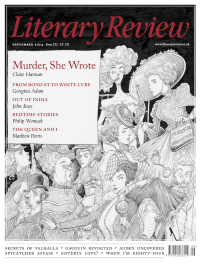Sara J Charles
In the Beginning was the Hide
Perhaps nothing better evokes the spirit of medieval discipline than manuscript production in the monastic houses of Europe. Casting our minds back to Umberto Eco’s The Name of the Rose, we can easily imagine rows of scribes sitting in beatific silence, diligently copying out religious texts on parchment as an act of prayer.
The impetus to spread the word of God in western Europe came largely from monks and nuns, keen to share the good news of Christ’s resurrection. The power of God’s word was magnified by the books through which it was transmitted. For a largely illiterate society, the sight of a book bedecked in jewels opening to reveal shining gold letters on imperial purple backgrounds must have been as much a statement of the glory of God as any reading from the New Testament.
Bibles, the most sacred of texts, were the most important products of monastic scriptoriums. Other religious works, such as psalters, penitentials and hagiographies, were also produced, along with chronicles, riddles, poems and treatises on maths, science, astronomy and medicine. Scribal activity, however, was just a small part of the

Sign Up to our newsletter
Receive free articles, highlights from the archive, news, details of prizes, and much more.@Lit_Review
Follow Literary Review on Twitter
Twitter Feed
The son of a notorious con man, John le Carré turned deception into an art form. Does his archive unmask the author or merely prove how well he learned to disappear?
John Phipps explores.
John Phipps - Approach & Seduction
John Phipps: Approach & Seduction - John le Carré: Tradecraft; Tradecraft: Writers on John le Carré by Federico Varese (ed)
literaryreview.co.uk
Few writers have been so eagerly mythologised as Katherine Mansfield. The short, brilliant life, the doomed love affairs, the sickly genius have together blurred the woman behind the work.
Sophie Oliver looks to Mansfield's stories for answers.
Sophie Oliver - Restless Soul
Sophie Oliver: Restless Soul - Katherine Mansfield: A Hidden Life by Gerri Kimber
literaryreview.co.uk
Literary Review is seeking an editorial intern.